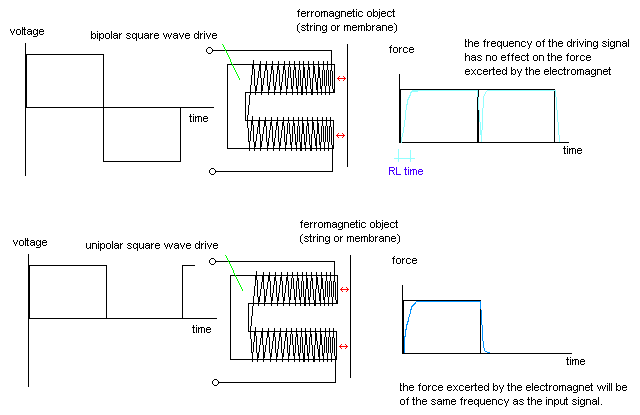
These complex properties highlight the need for robust and innovative sensor system design for process industries. They can contain suspended solid or liquid particles, and more generally can exhibit complex rheological behaviour including time-, shear-, temperature-, and pressure dependence. Many fluids found in industry are complex in nature. Sensor systems for real-time and in situ applications, which are capable of withstanding the process environment coupled with meeting health and safety requirements, are increasingly required by many industries. There has been an increasing demand for real-time monitoring and control of fluids both in process and in storage over the past 20 years.

This work provides the basis for design and manufacture of low cost compact standalone ultrasonic guided wave sensors and enlightens the possibility of using coded excitation techniques utilising square wave sequences in such applications. The successful operation of the system is demonstrated by using the sensor for measuring the viscosity in a representative fluid. A simple design of a compact and fully automatic analogue square wave front-end for the sensor is also proposed. This paper explores the possibility of using square wave bursts as the driving signal source for the ultrasonic torsional guided wave viscosity sensor. In contrast, a system based on bursts of square waves instead of sine waves would have a considerable advantage in that respect and could be built using simple integrated circuits at a cost that is orders of magnitude lower than for a windowed sine wave device. The supporting electronic systems for these sensors providing many different settings of sine-wave signals are bulky and expensive. Ultrasonic torsional guided wave sensors have received much attention by researchers for measurement of viscosity and/or density of fluids in recent years. I strongly suspect that Generate 3 uses the same technique.įM Aid's "square" is curious though - the obvious way to convert to square is a comparator, and that's definitely not what FM Aid is using! It's pretty neat though.The market for process instruments generally requires low cost devices that are robust, small in size, portable, and usable in-plant. FM Aid works the same way but with analog circuits. Any modulation is simply added to the ramp before going through the lookup table. Without modulation, it then addresses a quarter-sine lookup table to produce its output. In classic digital FM synths (DX7 etc.), the carrier oscillator is a rising ramp, which represents the phase. But the main goal isn't perfect shapes, it's imitating FM, and it does that very well. There's a trimmer control to adjust it but the little spike is probably never going to disappear. No analog waveshaper is perfect - if you look at the triangle output of most saw core analog oscillators, you'll see a similar "glitch."įM Aid in particular isn't calibrated for a specific VCO input. The square wave in particular doesn't even look like a square wave.
BIPOLAR SQUARE WAVE VS UNIPOLAR SQUARE WAVE MOD
So you could, for example, put a half wave rectifier in front of its mod input to get AM sounds from a couple VCO's, rather than ring mod sounds.įM Aid's all waveforms looks glitchy in video demo. You can perform unipolar AM with a ring modulator if you just make sure your modulator is only sending positive voltages, like you mention in your comment.

A ring modulator (also sometimes called a 4 quadrant multiplier) will pass the inverse of your carrier signal when the modulator goes into negative voltages.

The VCA will ignore negative voltages on the modulation input, so you only hear the carrier signal during the positive portion of your modulation signal. Unipolar AM is what you will get from a typical VCA, and bipolar AM is what you (can) get from a ring modulator. Not a silly question at all! That is essentially the idea, but the type of module you use plays into it. unipolar vs bipolar AM - I know this is probably a silly question but is this just about what you use for a modulating signal? (Bipolar or unipolar source) or does this require 2 different types of modules to make this happen?


 0 kommentar(er)
0 kommentar(er)
